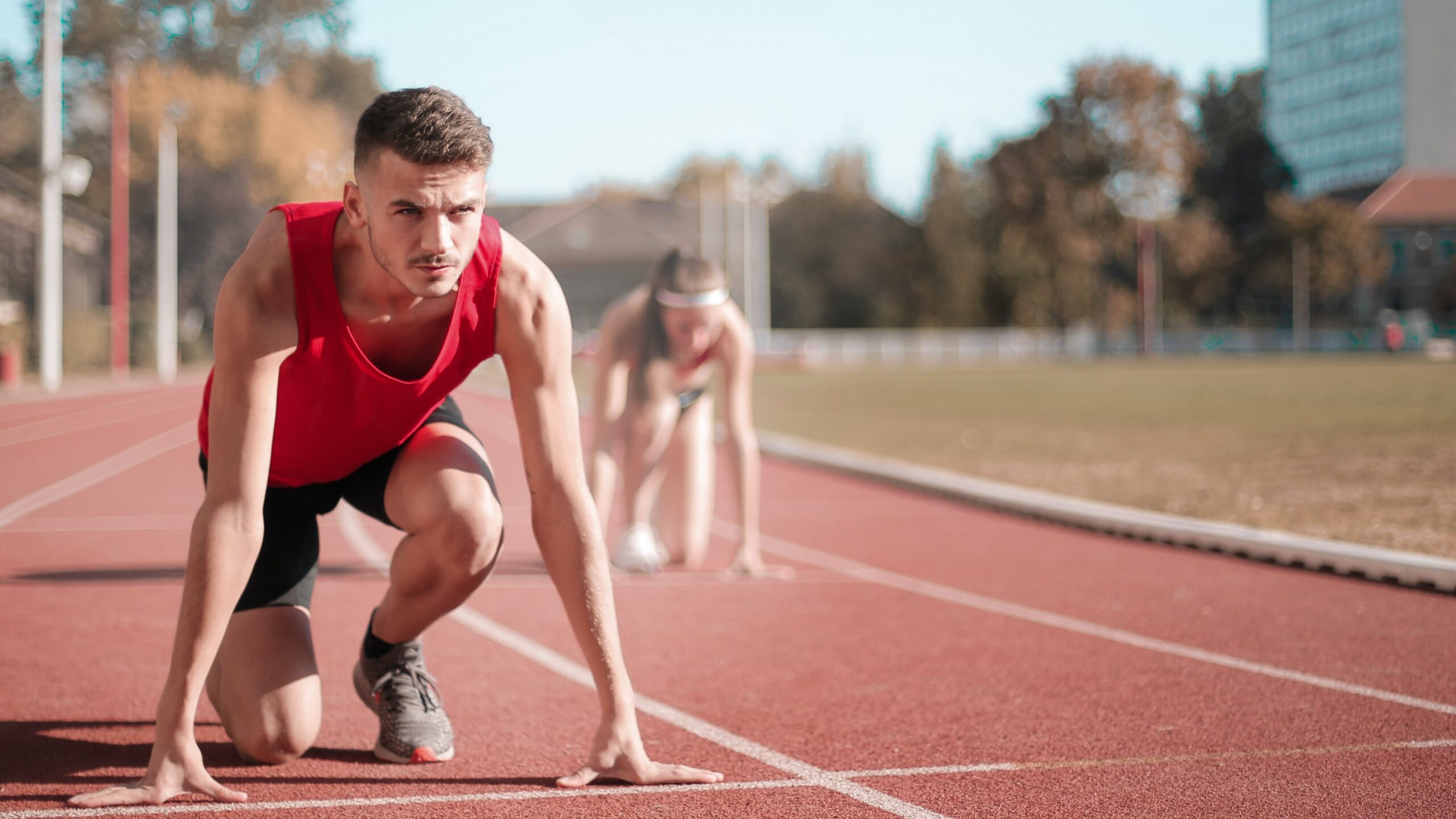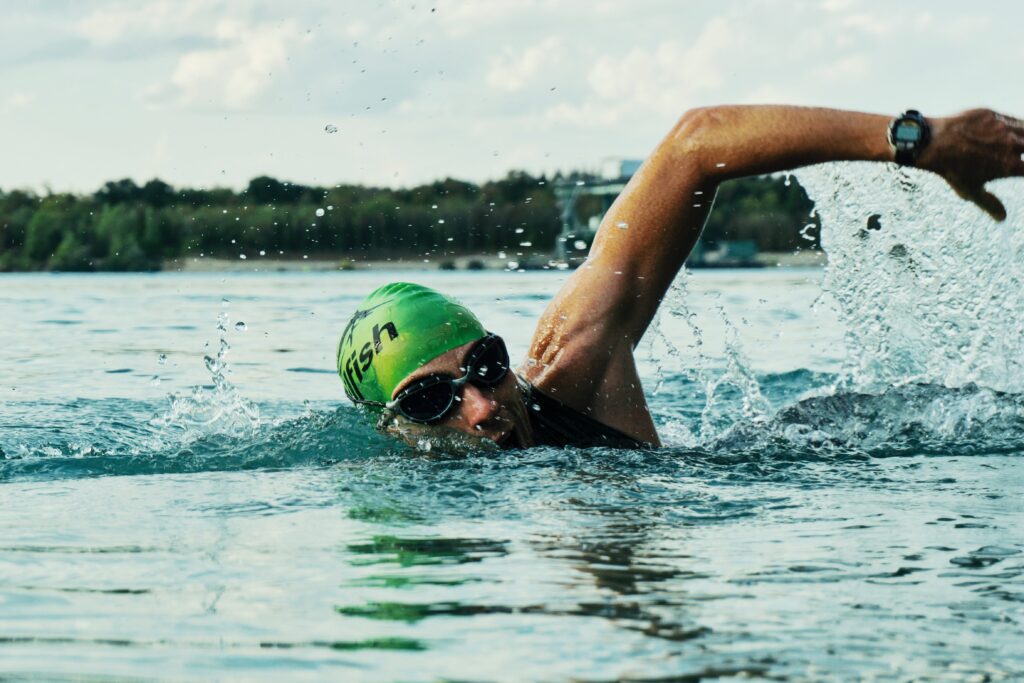Cross-training, the practice of engaging in various forms of exercise or physical activities, is widely recognized as a valuable training strategy for athletes. By incorporating different exercises into their training regimen, athletes can improve their overall fitness, prevent injuries, and enhance their performance in their specific sports. In this article, we will explore two cross-training exercises commonly used by athletes and the benefits they offer.
- Swimming:
Swimming is a popular cross-training exercise embraced by athletes across a wide range of sports. It provides a multitude of benefits, making it an excellent choice for athletes looking to complement their primary sport.
a. Cardiovascular Endurance: Swimming is a highly aerobic activity that engages large muscle groups, including the arms, legs, and core. It promotes cardiovascular endurance by challenging the heart and lungs, leading to increased oxygen delivery and improved efficiency of the cardiovascular system. Athletes who incorporate swimming into their cross-training routine can experience enhanced stamina and endurance in their primary sport.
b. Low-Impact Conditioning: Swimming is a low-impact exercise that reduces stress on the joints and minimizes the risk of impact-related injuries. This makes it particularly appealing for athletes who participate in high-impact sports, such as running or basketball, as it provides an opportunity for active recovery and helps alleviate strain on the muscles and joints. Swimming allows athletes to continue training and maintaining fitness levels while giving their bodies a break from the repetitive pounding experienced in their primary sport.
c. Full-Body Workout: Swimming engages both the upper and lower body, providing a comprehensive full-body workout. The resistance offered by the water forces the muscles to work harder, resulting in improved strength and muscular endurance. Additionally, swimming involves rhythmic breathing techniques, which enhance respiratory muscle strength and control, benefiting athletes in sports that require controlled breathing patterns, such as martial arts or endurance running.
d. Improved Flexibility and Range of Motion: The fluid movements required in swimming promote improved flexibility and range of motion. Athletes who regularly swim as part of their cross-training routine can experience increased joint mobility, reduced muscle tightness, and improved overall flexibility. This can enhance athletic performance by facilitating better movement efficiency and reducing the risk of muscle imbalances and injuries.
- Plyometric Exercises:
Plyometric exercises, also known as “jump training,” are explosive movements that involve quick, powerful contractions of muscles. They are highly effective in developing power, speed, agility, and muscular strength. Plyometric exercises can be incorporated into cross-training routines by athletes from a variety of sports.
a. Power and Explosiveness: Plyometric exercises focus on generating maximal force in a short amount of time, mimicking the explosive movements often required in sports such as basketball, soccer, or volleyball. By engaging in exercises like box jumps, depth jumps, or medicine ball throws, athletes can improve their ability to generate power and explosiveness, translating to enhanced performance in their primary sport.
b. Improved Agility and Quickness: Agility and quickness are critical attributes for athletes in sports that involve rapid changes in direction, such as tennis, football, or basketball. Plyometric exercises promote neuromuscular coordination and enhance the athlete’s ability to react quickly and efficiently to changing situations on the field or court. Exercises like lateral jumps, bounding, or ladder drills challenge the athlete’s coordination, balance, and proprioception, resulting in improved agility and quickness.
c. Strengthening Connective Tissues: Plyometric exercises also strengthen the tendons, ligaments, and other connective tissues, increasing their resilience and reducing the risk of injuries. These exercises create a controlled stress on the connective tissues, stimulating their adaptation and improving their ability to handle the demands of high-impact sports. By incorporating plyometric exercises into their cross-training routine, athletes can develop stronger and more durable connective tissues, reducing the likelihood of sprains, strains, and other common sports-related injuries.
d. Enhanced Vertical Jump and Sprinting Ability: Many sports require athletes to have a strong vertical jump and sprinting speed. Plyometric exercises are highly effective in improving these athletic attributes. By focusing on exercises such as jump squats, tuck jumps, or bounding, athletes can enhance their vertical jump height and explosiveness off the ground. Additionally, plyometric exercises that emphasize quick ground contact and powerful push-offs can contribute to faster sprinting times and improved acceleration.
e. Mental Toughness and Focus: Plyometric exercises can also enhance mental toughness and focus. The high-intensity nature of these exercises challenges athletes both physically and mentally, pushing them beyond their comfort zones. By consistently engaging in plyometric training, athletes develop mental resilience, discipline, and the ability to push through fatigue and discomfort. These mental attributes can positively impact their performance in their primary sport, especially during high-pressure situations.
It’s important to note that while swimming and plyometric exercises offer numerous benefits, athletes should incorporate them into their training routine in a balanced and structured manner. Working with a coach or trainer who specializes in cross-training can help athletes design a program that considers their specific sport, training goals, and individual needs. Additionally, athletes should listen to their bodies, allowing for adequate rest and recovery between cross-training sessions to prevent overuse injuries and ensure optimal performance.
Swimming and plyometric exercises are two effective cross-training activities used by athletes to enhance their overall fitness, prevent injuries, and improve performance. Swimming offers cardiovascular endurance, low-impact conditioning, a full-body workout, and improved flexibility. Plyometric exercises focus on power, explosiveness, agility, and strengthening connective tissues. By incorporating these exercises into their training routine, athletes can reap the benefits and excel in their respective sports.

